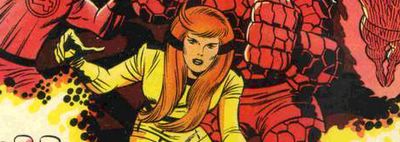From the press release from the American Committee for the Weizmann Institute of Science:
Fossil DNA is a potential source of information on the evolution, population dynamics, migrations, diets and diseases of animals and humans. But if it is not well preserved or becomes contaminated by modern DNA, the results are uninterpretable.
The scientists, Prof. Steve Weiner and Michal Salamon of the Institute's Structural Biology Department, working in collaboration with Profs. Baruch Arensburg, Tel Aviv University, and Noreen Tuross, Harvard University, may have found a way to overcome these problems.
In 1986 that Weiner first reported the existence of crystal clusters in fresh bones. Even when these bones are ground up and treated with sodium hypochlorite – a substance that removes all traces of organic matter – the clusters of crystals remain intact and the organic material embedded in them is unaffected. Now, almost 20 years later, Weiner and Salamon have returned to these findings, reasoning that fossil bones might possess such crystal structures containing preserved ancient DNA.

After treating two modern and six fossil animal bones with the sodium hypo-chlorite, they found that DNA could be extracted from most of these crystal aggregates that is better preserved and contains longer fragments than DNA from untreated ground bone. The technique for reading the DNA worked better, as well, and the use of sodium hypochlorite reduces the possibility of modern contamination.
The crystal aggregates act as a "privileged niche in fossil bone," protecting the DNA from hostile environments and leaving it relatively undamaged over time. The team's findings suggest that the DNA in these aggregates should be preferred, whenever possible, over DNA from untreated bone.